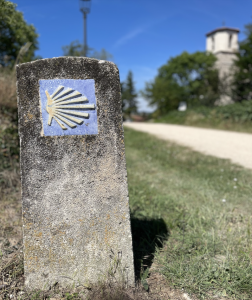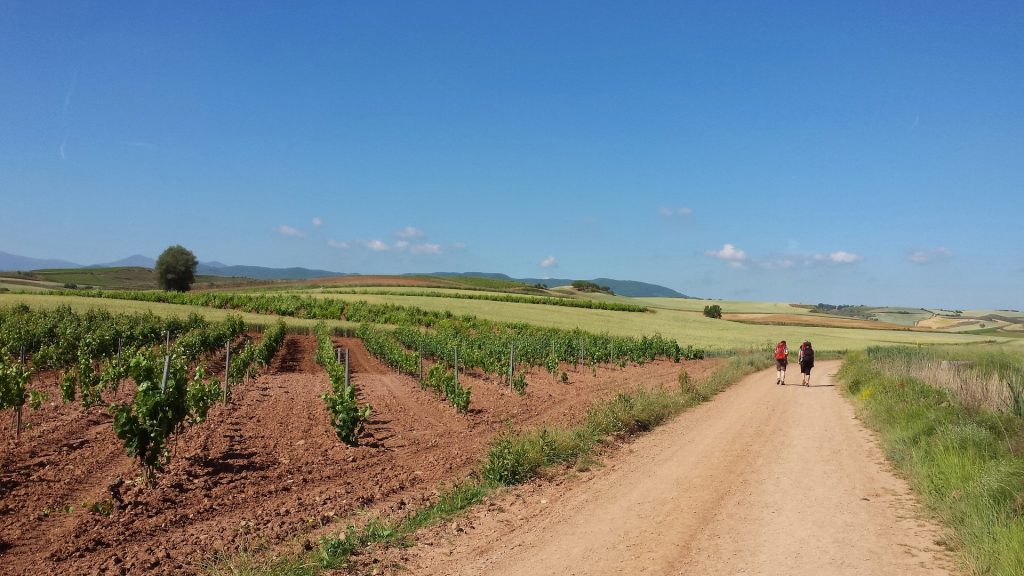Record-Breaking Year: How Many Pilgrims Walked the Camino de Santiago in 2024?
In 2024, the Camino de Santiago achieved a historic milestone, with 499,239 pilgrims receiving the ‘Compostela’ certificate, marking an 11.9% increase from the previous year and setting a new record (Pilgrim’s Office, Santiago de Compostela).
Notably, this figure represents only a portion of the total number of pilgrims. It is estimated that approximately one-third of walkers apply for the ‘Compostela’ and finish in Santiago, suggesting that over 1.5 million people embarked on the Camino in 2024, driven by diverse motivations including spiritual, cultural, and personal challenges.
Demographics and Origins
For the first time, international pilgrims outnumbered Spanish participants, comprising 58% of the total. The United States led the foreign contingent with 38,052 pilgrims, followed by Italy (28,599), Germany (23,462), Portugal (21,935), and the United Kingdom (13,095) (Pilgrim’s Office, Santiago de Compostela).
Popular Routes and Starting Points
The French Way (Camino Francés) remained the most walked Camino route, attracting nearly half of all pilgrims. Sarria, situated 115km east of Santiago, was the most common starting point, with 32% of pilgrims commencing their journey there. The Portuguese routes also saw increased popularity, particularly the inland route (19%) and the coastal route (13%). Other notable starting locations included Tui, Saint Jean Pied de Port in France and Porto in Portugal (Pilgrim’s Office, Santiago de Compostela).
Pilgrim Profiles
The majority of pilgrims (93%) completed the Camino on foot, while others chose cycling, wheelchair or sailing. Age-wise, 40.5% were between 46 and 65 years old, closely followed by those aged 18 to 45. This broad age range underscores the Camino’s accessibility and universal appeal.
Motivations for walking the Camino
Pilgrims’ motivations varied:
-
Cultural Experience: 60% embarked on the Camino seeking cultural enrichment.
-
Personal or Sporting Challenge: 25% viewed the journey as a personal or athletic endeavour.
-
Spiritual Reasons: 15% undertook the pilgrimage for spiritual purposes.
This diversity in motivations highlights the Camino’s multifaceted significance to those who walk the Camino.
Economic and Cultural Impact
The increasing popularity of the Camino has significantly boosted local economies along the Camino routes, benefiting sectors such as hospitality, dining, and retail. This influx has also spurred efforts to preserve cultural and natural heritage, promoting local traditions and contributing to the sustainability of rural areas.
In summary, 2024 was a landmark year for the Camino de Santiago, reflecting its enduring allure and evolving significance as a journey that transcends cultural, spiritual, and personal boundaries.
Ready to embark on your Camino adventure? Contact us at info@magichillholidays.com to learn more!

